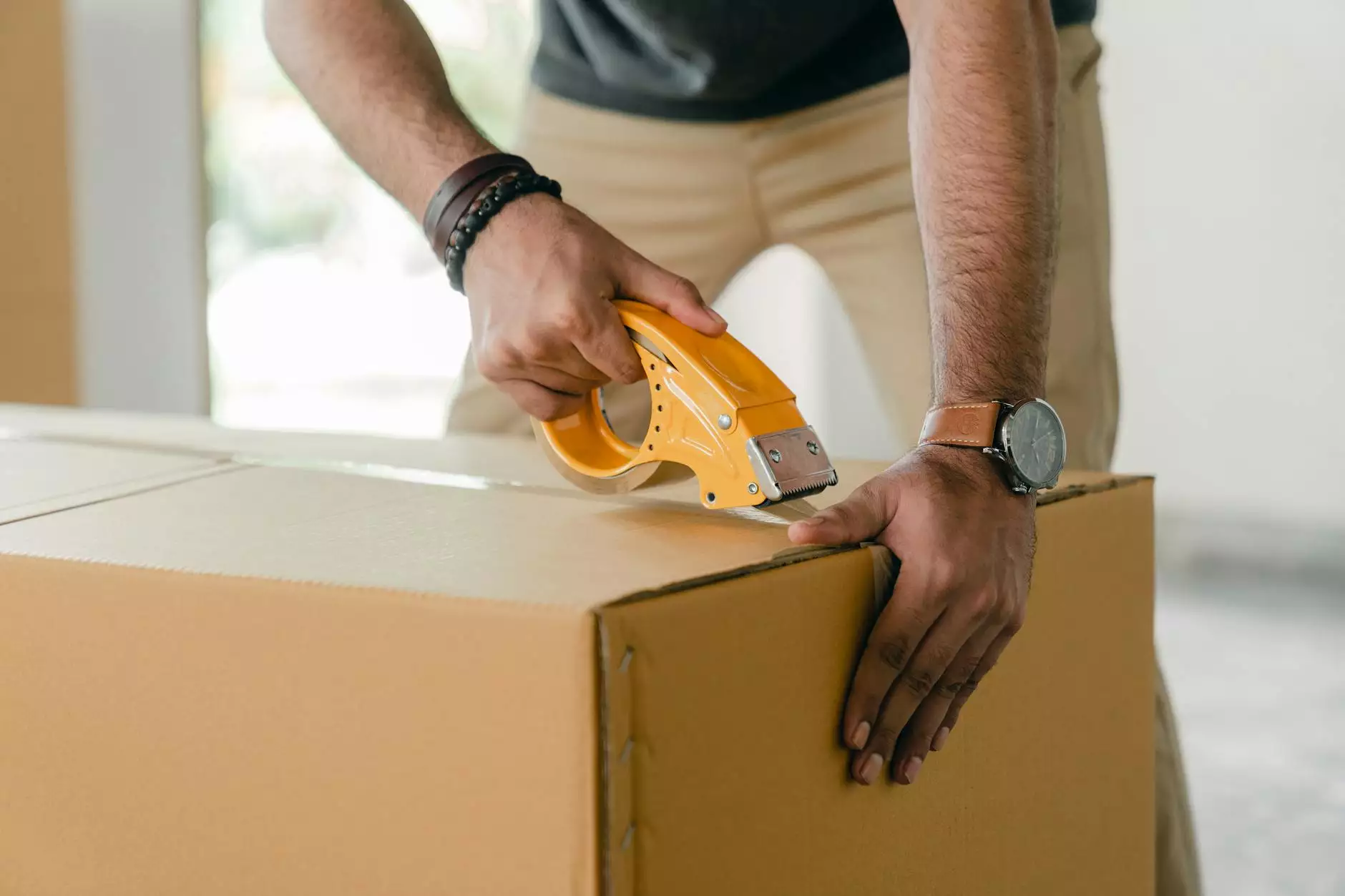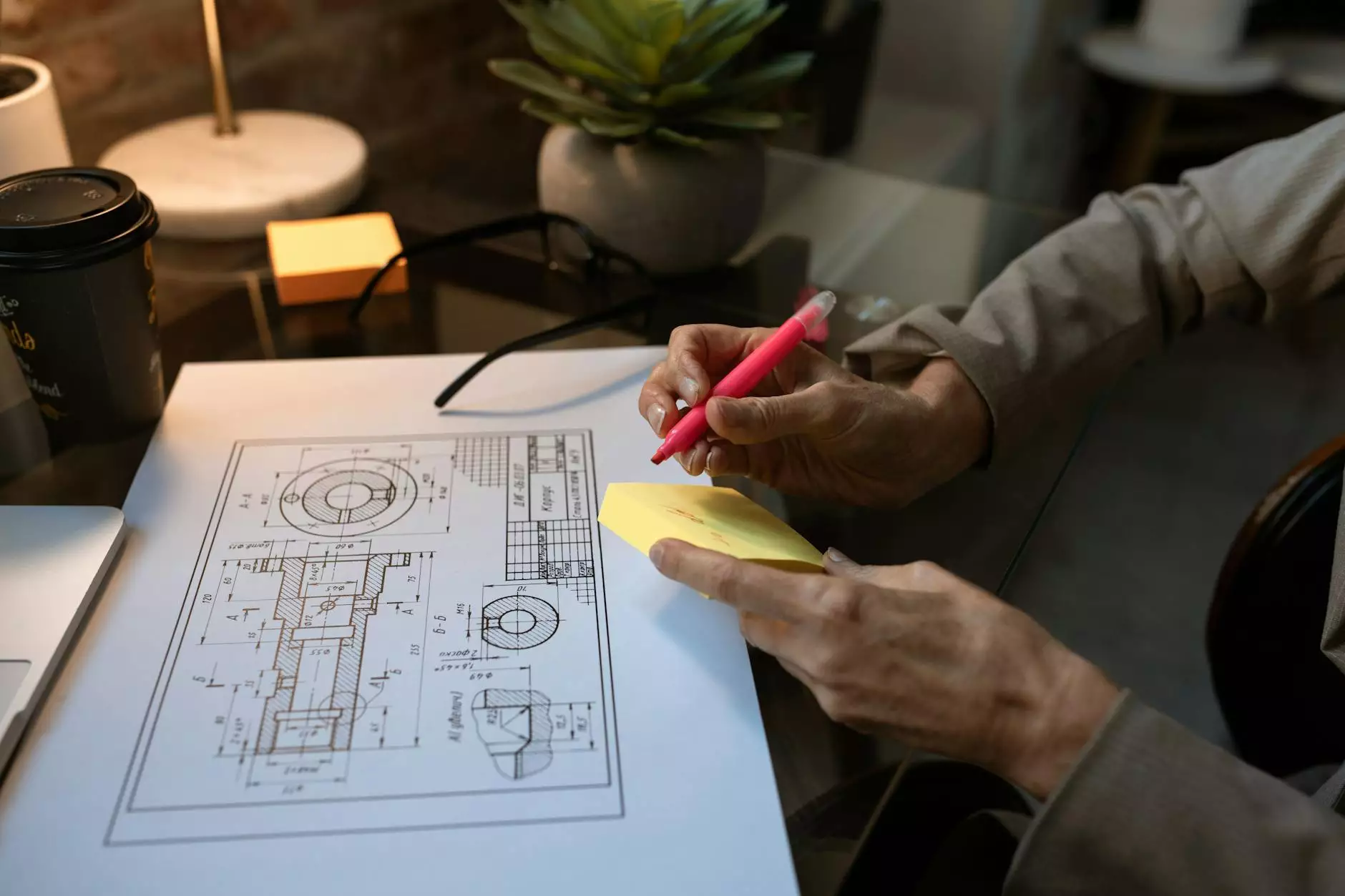Understanding Claw Toe: A Comprehensive Guide

What is Claw Toe?
Claw toe is a foot condition characterized by an abnormal bending of the toe joints, leading to a claw-like appearance. This condition commonly affects the second, third, and fourth toes, resulting in discomfort and difficulty finding appropriate footwear. It is essential to recognize the symptoms and seek treatment to avoid complications.
Symptoms of Claw Toe
The symptoms of claw toe can vary from person to person, but they typically include:
- Pain or discomfort: Often experienced in the affected toes, especially when wearing shoes.
- Visible deformity: The toes bend at the joints, resembling claws.
- Calluses or corns: These may develop on the tops of the toes or the balls of the feet due to friction from shoes.
- Difficulty walking: Many individuals report challenges in walking or running due to the discomfort caused by the condition.
Causes of Claw Toe
The development of claw toe can be attributed to several factors:
- Genetics: A family history of foot problems might increase the likelihood of developing claw toe.
- Improper footwear: Wearing shoes that are too tight or have high heels can contribute to the development of this condition.
- Nerve damage: Conditions like diabetes can lead to neuropathy, weakening the muscles in the feet and causing toe deformities.
- Injuries: Previous foot injuries could alter the mechanics of walking, leading to claw toe.
The Importance of Early Diagnosis
Early diagnosis of claw toe is crucial for effective treatment and to prevent further complications. Individuals experiencing symptoms should consult a podiatrist. Early intervention can lead to better outcomes, reducing the risk of chronic pain and mobility issues.
Treatment Options for Claw Toe
Several treatment options are available for those suffering from claw toe, depending on the severity of the condition:
1. Conservative Treatments
Most cases of claw toe can be effectively managed with conservative treatments:
- Proper Footwear: Selecting shoes with ample space for the toes and supportive structures can significantly alleviate symptoms.
- Orthotic Devices: Custom orthotics can provide additional support and proper alignment, helping to relieve pressure from the affected toes.
- Physical Therapy: Exercises aimed at strengthening and stretching the toe muscles can be beneficial.
- Pain Relief Medications: Over-the-counter medications can help manage pain and inflammation associated with claw toe.
2. Surgical Options
If conservative measures fail to provide relief or if the condition is severely impacting quality of life, surgical intervention may be recommended. Surgical procedures for claw toe can include:
- Osteotomy: Repositioning the bone to correct the deformity.
- Tendon Release: Releasing contracted tendons to allow for a more natural toe position.
- Fusion: Fusing toe joints together to stabilize them and provide relief from pain.
Preventing Claw Toe
Preventive measures can significantly reduce the risk of developing claw toe:
- Selecting the Right Footwear: Opt for shoes that offer a wide toe box and proper arch support.
- Regular Foot Exercises: Incorporate foot stretching and strengthening exercises into your daily routine.
- Maintaining a Healthy Weight: Excess weight puts additional stress on the feet, which can contribute to foot deformities.
The Role of Podiatrists in Foot Care
Podiatrists are specialists trained to deal with foot and ankle issues, including claw toe. They can provide comprehensive evaluations, prescribe tailored treatments, and perform necessary surgical procedures. Regular check-ups with a podiatrist can help in:
- Early Detection: Identifying foot issues before they progress into serious complications.
- Personalized Treatment Plans: Developing strategies tailored to individual needs, ensuring optimal foot health.
- Patient Education: Providing valuable information on foot care practices and preventive measures.
Conclusion
Understanding claw toe is essential for recognizing the importance of foot health. Awareness of its symptoms, causes, and treatment options can aid in early intervention, reducing the risk of long-term consequences. Engaging with healthcare professionals, particularly podiatrists, ensures that individuals receive the best care tailored to their unique conditions. Remember, proactive foot care plays a pivotal role in maintaining mobility and overall wellness.
For expert advice and treatment options for claw toe, visit thefootpractice.com.









